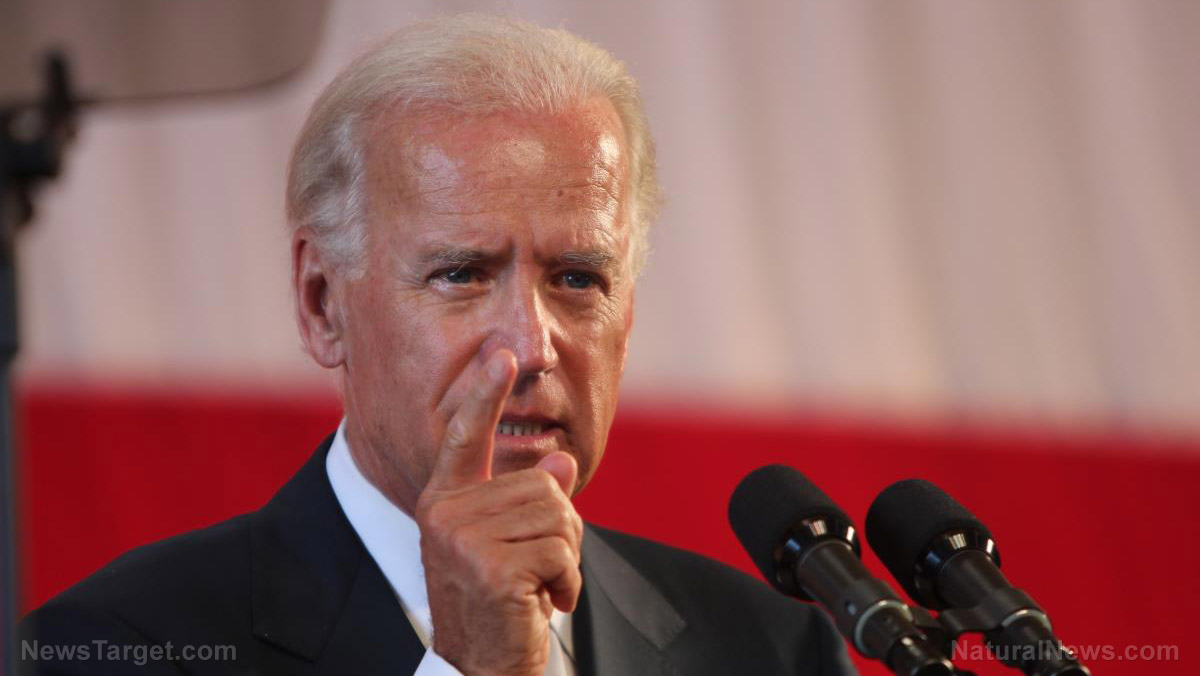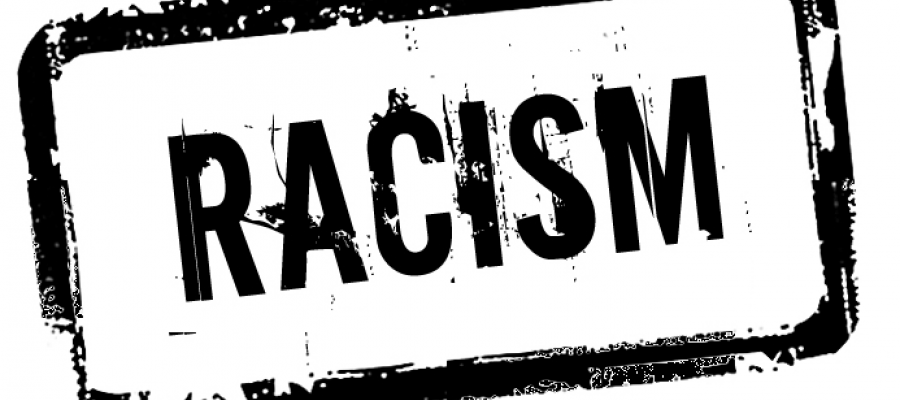
Advertisement
The Circum-Pacific Belt, commonly known as the Ring of Fire, is a 24,900 mile (40,000 kilometer) horseshoe-shaped stretch of the Pacific Ocean famous for its frequent earthquakes and numerous active volcanoes. Located between several tectonic plates, the Ring of Fire is home to 75 percent of our planet’s volcanoes and 90 percent of the Earth’s earthquakes, including all of the most dramatic ones.
Clearly, earthquakes and volcanoes are to be expected in this area, but three strong earthquakes striking the Ring of Fire within a 24-hour period on December 24 has experts sitting up and taking note, with concerns mounting that something big is brewing. (Related: Learn more about being prepared before disaster strikes at Preparedness.news.)
What is the Ring of Fire?
Since the Ring of Fire covers such a large area it encompasses multiple countries, including Argentina, Belize, Bolivia, Brazil, Brunei, Canada, Colombia, Chile, Costa Rica, Ecuador, East Timor, El Salvador, Micronesia, Fiji, Guatemala, Honduras, Indonesia, Japan, Kiribati, Malaysia, Mexico, New Zealand, Nicaragua, Palau, Papua New Guinea, Panama, Peru, Philippines, Russia, Samoa, Singapore, Solomon Islands, Tonga, Tuvalu and the United States.
National Geographic explains why this area is so incredibly volatile:
The abundance of volcanoes and earthquakes along the Ring of Fire is caused by the amount of movement of tectonic plates in the area. Along much of the Ring of Fire, plates overlap at convergent boundaries called subduction zones. That is, the plate that is underneath is pushed down, or subducted, by the plate above. As rock is subducted, it melts and becomes magma. The abundance of magma so near to Earth’s surface gives rise to conditions ripe for volcanic activity. A significant exception is the border between the Pacific and North American Plates. This stretch of the Ring of Fire is a transform boundary, where plates move sideways past one another. This type of boundary generates a large number of earthquakes as tension in Earth’s crust builds up and is released.
Experts have been warning for years that countries encircled by the Ring of Fire could fall victim to the next “Big One” at any time. Residents of Canada’s Vancouver Island – the new home of British royals, Harry and Meghan – have been expecting a massive quake for years. And many fear that the five smaller earthquakes which struck the island in quick succession on December 23 last year could be a precursor to something much bigger.
Shortly after these five earthquakes struck, three much larger quakes hit countries along the Ring one after the other. (Related: Scientists warn about wave of catastrophic earthquakes about to be unleashed from enormous hole discovered in ocean floor.)
Is the Ring of Fire ‘heating up?’
The first earthquake – a magnitude 6.0 jolt – struck Argentina. This was followed by a magnitude 6.0 quake in Colombia, and then a magnitude 6.3 earthquake in the upper end of the Cascadia region – the same area in Canada that had just experienced the five less severe quakes.
Though earthquakes are to be expected within the Ring of Fire, experts believe that so many moderate to severe quakes within such a short period of time could very well be the precursor to something much bigger.
Only time will tell, but in the meantime, it is probably a good idea to take the time to review the guidelines about what to do if an earthquake strikes in your region, and don’t forget to pack your bugout bag! (Related: Here’s why you should keep your shelter preparations up-to-date and bugout bag close.)
Sources include:
Advertisement
Advertisements
















